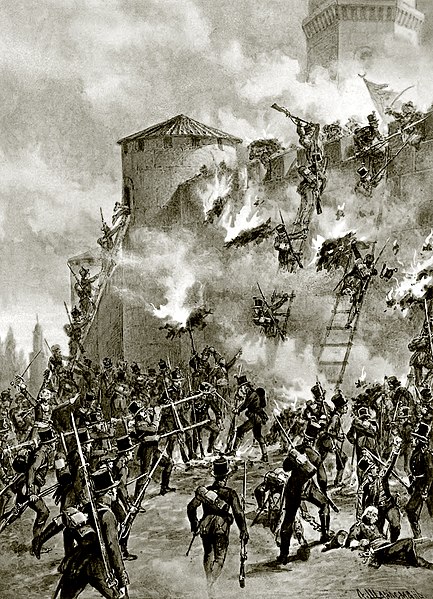The 1139 Ganja earthquake was one of the worst seismic events in history. It affected the Seljuk Empire and Kingdom of Georgia; modern-day Azerbaijan and Georgia. The earthquake had an estimated magnitude of 7.7 MLH, 7.5 Ms and 7.0–7.3 Mw. A controversial death toll of 230,000–300,000 came as a consequence of this event.
The Gates of Ganja at the Gelati Monastery
Ganja is Azerbaijan's third largest city, with a population of around 335,600. The city has been a historic and cultural center throughout most of its existence. It was the capital of the Ganja Khanate until 1804; after Qajar Iran ceded it to the Russian Empire following the Treaty of Gulistan in 1813, it became part of the administrative divisions of the Georgia Governorate, Georgia-Imeretia Governorate, Tiflis Governorate, and Elizavetpol Governorate. Following the dissolution of the Russian Empire and the Transcaucasian Democratic Federative Republic, it became a part of the Azerbaijan Democratic Republic, followed by Azerbaijan SSR, and, since 1991, the Republic of Azerbaijan.
Ganja, Azerbaijan
Gate of Ganja, now in Gelati Monastery, Imereti, Georgia
Ancient Ganja's necropolises and burial mounds
The siege of Ganja Fortress in 1804 during the Russo-Persian War (1804–1813) by the Russian forces under leadership of general Pavel Tsitsianov.





